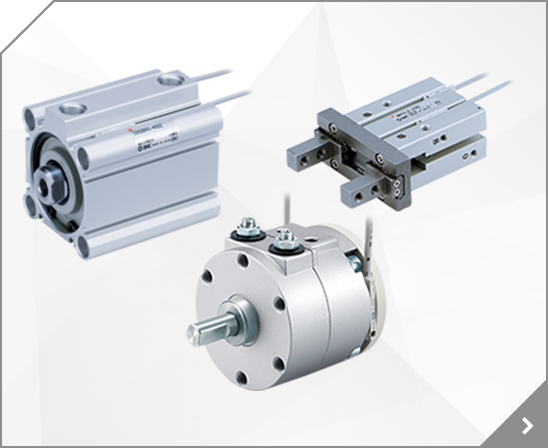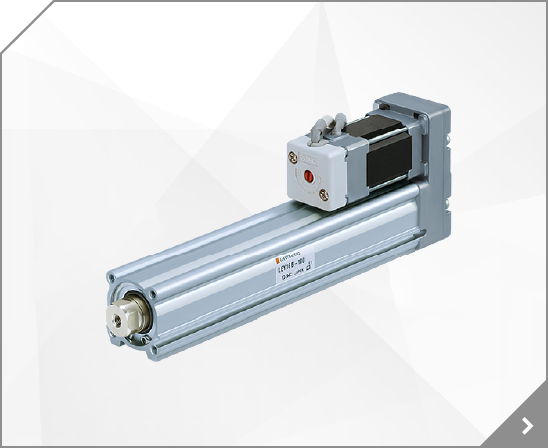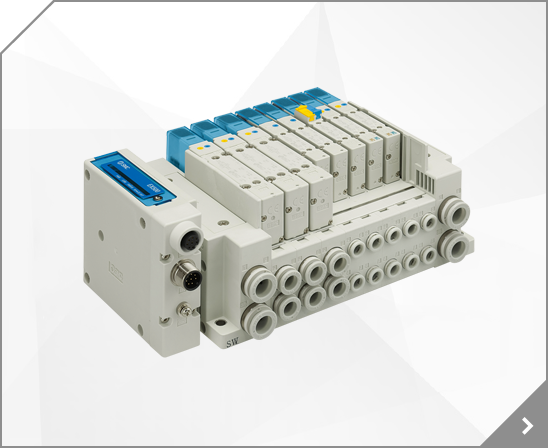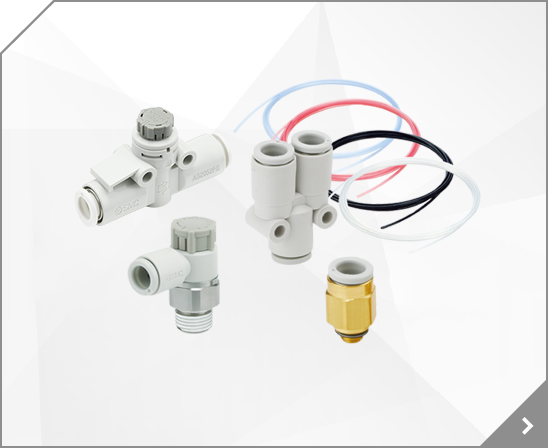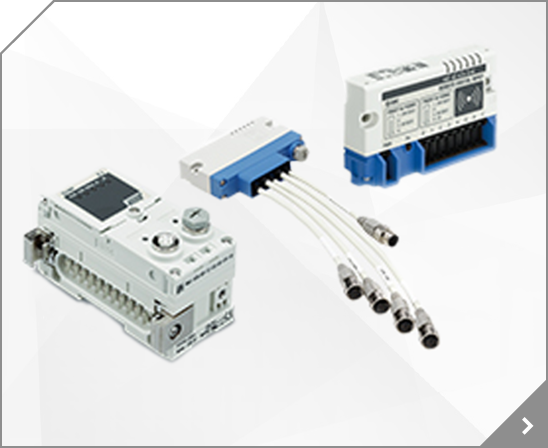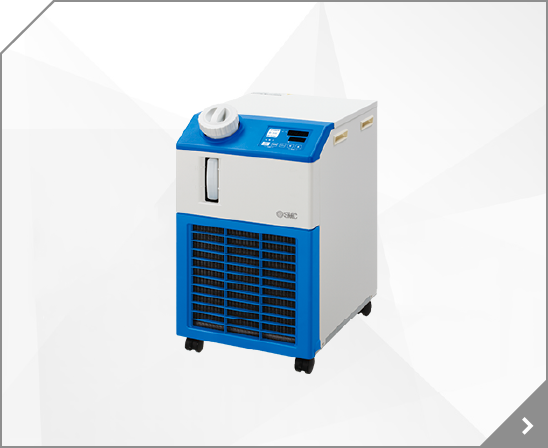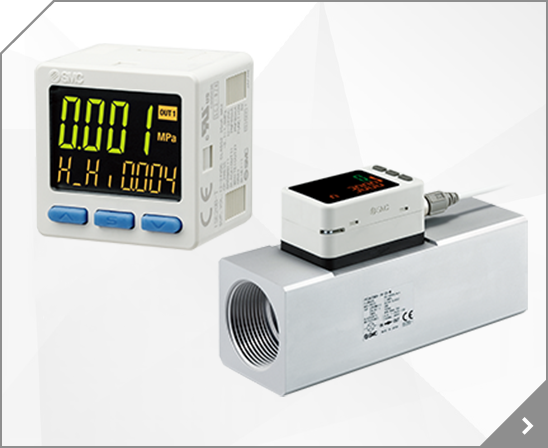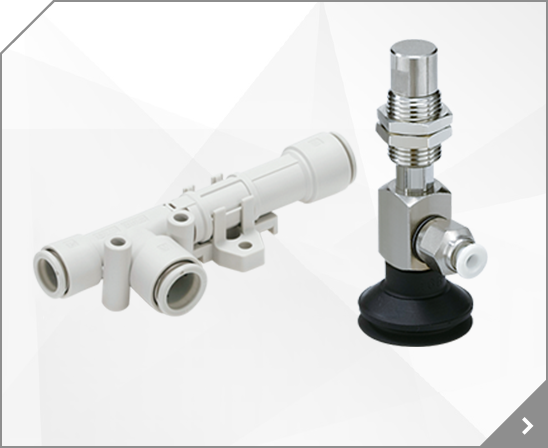
The variations eliminate copper (Cu) and zinc (Zn) material where possible, making them compatible with secondary battery manufacturing for electronics, automotive, and other vehicle types.
The variations eliminate copper (Cu) and zinc (Zn) material where possible, making them compatible with secondary battery manufacturing for electronics, automotive, and other vehicle types.
The variations eliminate copper (Cu) and zinc (Zn) material where possible, making them compatible with secondary battery manufacturing for electronics, automotive, and other vehicle types.
These variations eliminate copper (Cu) and zinc (Zn) material where possible, making them compatible with secondary battery manufacturing for electronics, automotive, and other vehicle type. Plug-in connector connecting base; Top ported; Options include external pilot, built-in silencer; Available with longer than standard DIN rail; Material restriction: Copper and Zinc Free
The variations eliminate copper (Cu) and zinc (Zn) material where possible, making them compatible with secondary battery manufacturing for electronics, automotive, and other vehicle types.
The variations eliminate copper (Cu) and zinc (Zn) material where possible, making them compatible with secondary battery manufacturing for electronics, automotive, and other vehicle types.
The variations eliminate copper (Cu) and zinc (Zn) material where possible, making them compatible with secondary battery manufacturing for electronics, automotive, and other vehicle types.
The variations eliminate copper (Cu) and zinc (Zn) material where possible, making them compatible with secondary battery manufacturing for electronics, automotive, and other vehicle types.
These variations eliminate copper (Cu) and zinc (Zn) material where possible, making them compatible with secondary battery manufacturing for electronics, automotive, and other vehicle type.
The variations eliminate copper (Cu) and zinc (Zn) material where possible, making them compatible with secondary battery manufacturing for electronics, automotive, and other vehicle types.
The variations eliminate copper (Cu) and zinc (Zn) material where possible, making them compatible with secondary battery manufacturing for electronics, automotive, and other vehicle types.
The variations eliminate copper (Cu) and zinc (Zn) material where possible, making them compatible with secondary battery manufacturing for electronics, automotive, and other vehicle types.
The variations eliminate copper (Cu) and zinc (Zn) material where possible, making them compatible with secondary battery manufacturing for electronics, automotive, and other vehicle types.
The variations eliminate copper (Cu) and zinc (Zn) material where possible, making them compatible with secondary battery manufacturing for electronics, automotive, and other vehicle types.
The variations eliminate copper (Cu) and zinc (Zn) material where possible, making them compatible with secondary battery manufacturing for electronics, automotive, and other vehicle types.
The variations eliminate copper (Cu) and zinc (Zn) material where possible, making them compatible with secondary battery manufacturing for electronics, automotive, and other vehicle types.
Design goals include eliminating copper (Cu) and zinc (Zn) material where possible, and employing a low dew point grease that retains lubricity even in low manufacturing temperatures. Please note that copper and zinc materials are used for the motors, cales, controllers and drivers.
These variations eliminate copper (Cu) and zinc (Zn) material where possible, making them compatible with secondary battery manufacturing for electronics, automotive, and other vehicle type. 3 port air operated valve; 0.15 to 0.7MPa operating range; Normally closed or normally open actuation types; Body ported or base mounted styles; Series 25A-SYJA is compatible with secondary battery
Design goals include eliminating copper (Cu) and zinc (Zn) materials where possible, and employing a low dew point grease that retains lubricity even in low manufacturing termpertures.
Design goals include eliminating copper (Cu) and zinc (Zn) materials where possible, and employing a low dew point grease that retains lubricity even in low manufacturing termpertures.
